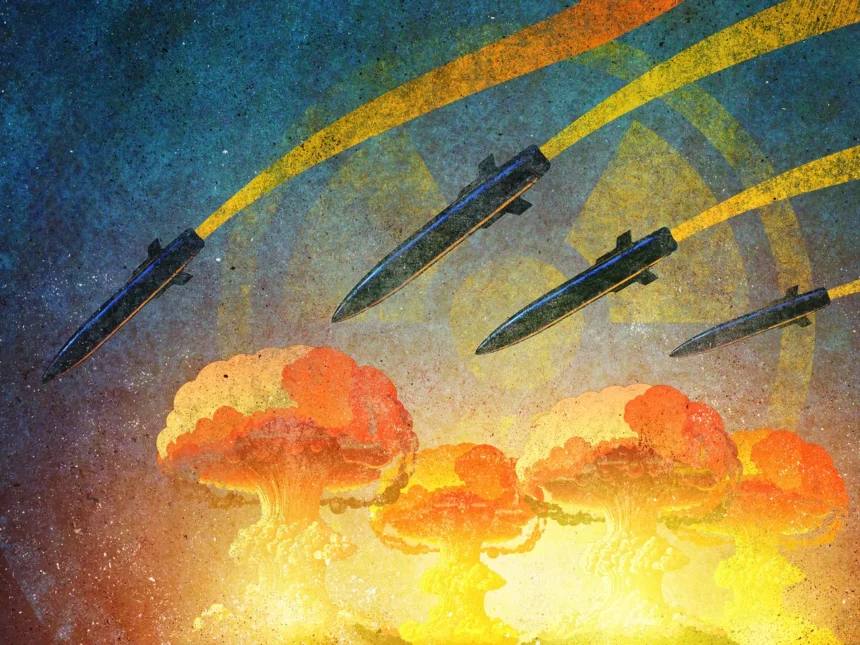The specter of nuclear war has returned to South Asia in 2025. Following a devastating terrorist attack in Kashmir in April, India launched retaliatory airstrikes on Pakistani soil under Operation Sindoor. Pakistan vowed a “measured but forceful response,” and the world is once again forced to confront a chilling possibility: nuclear conflict between two armed neighbors.
The Immediate Stakes: 170 Nukes and a History of Tensions
India and Pakistan each possess roughly 170 nuclear warheads. With tensions at their highest since the 2019 Balakot strikes, fears of escalation are not unfounded. But beyond the South Asian theater, scientists warn of a far graver danger—the global consequences of a limited nuclear war.India-Pakistan Ceasefire 2025
Scientific Consensus: A War That Starves the World
In an opinion article for Scientific American, climatologists Alan Robock and Lili Xia argue that even a “regional” nuclear exchange could throw the planet into chaos. Their research shows that smoke from city-wide fires would enter the stratosphere, block sunlight, and plunge global temperatures. The result: crop failure, food shortages, and the starvation of up to two billion people.BrahMos Strikes and Operation Sindoor
Deterrence or Delusion?
Robock and Xia challenge the popular notion of “nuclear deterrence” as a myth. They argue that launching nukes ensures mutual—not assured—destruction, but rather self-assured destruction (SAD). The U.S. and Russia maintain thousands of warheads on hair-trigger alert, a strategy that leaves civilization at the mercy of technical errors or unstable leadership.
Global Action: The Treaty the World Needs
In 2017, the UN adopted the Treaty on the Prohibition of Nuclear Weapons, with 73 nations now party to the agreement. But none of the nuclear-armed states—including India, Pakistan, or the U.S.—have signed on. The International Campaign to Abolish Nuclear Weapons (ICAN) continues to push for disarmament, highlighting the catastrophic humanitarian and environmental consequences of any nuclear use.
The Role of the U.S.: Time to Lead by Example
The authors urge the U.S. to take the lead by removing its land-based missiles from high alert, halting nuclear arsenal modernization, and re-entering arms reduction treaties. The upcoming report from the National Academies of Science on nuclear war’s environmental impacts could finally provide the urgency needed for reform.
The Bottom Line: From MAD to Rational Action
As tensions simmer in South Asia, the world cannot afford to ignore the lessons of nuclear winter. The risk is no longer theoretical—it is immediate and planetary in scope. We must act before the next impulsive decision leads to irreversible consequences.Modi’s Speech Confirming JeM Strikes
As Carl Sagan once said, disarmament is not only good planetary hygiene—it is patriotic. In a time where one misstep can mean the end of civilization, sanity demands that we move beyond deterrence and toward abolition.
Related Read: PM Modi Confirms JeM Was Targeted in Operation Sindoor
This article is based on the opinion of Alan Robock and Lili Xia and published with reference to Scientific American. Views expressed are their own.


